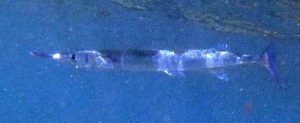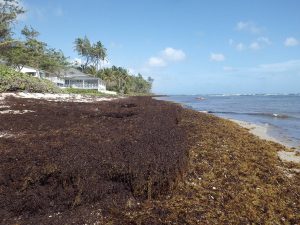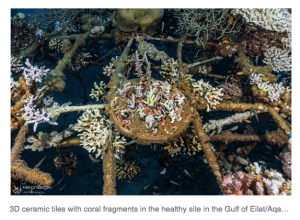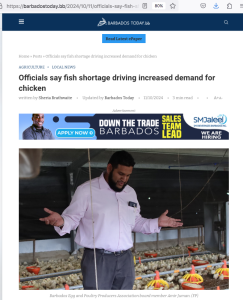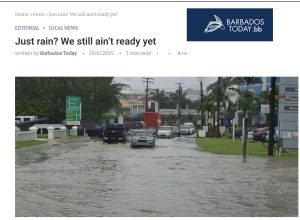 From Barbados Today, Just rain? We still ain’t ready yet posted Nov 20, 2025:
From Barbados Today, Just rain? We still ain’t ready yet posted Nov 20, 2025:
This past weekend offered Barbados a harsh and necessary wake-up call. A few intense hours of rainfall – focused largely on one side of the island – were enough to overwhelm roads, trap residents, claim the life of one man, and stretch our emergency services to the limit. It wasn’t a tropical storm. It wasn’t Hurricane Melissa. It wasn’t a system with a name.
…Sunday’s flood didn’t just expose weak infrastructure. It exposed a national mindset that remains dangerously reactive. Too many people still treat preparedness as optional, inconvenient, or something reserved for named storms. But climate change has removed the luxury of predictability. Extreme weather no longer waits for hurricane season, and danger no longer announces itself days in advance. Continue reading


